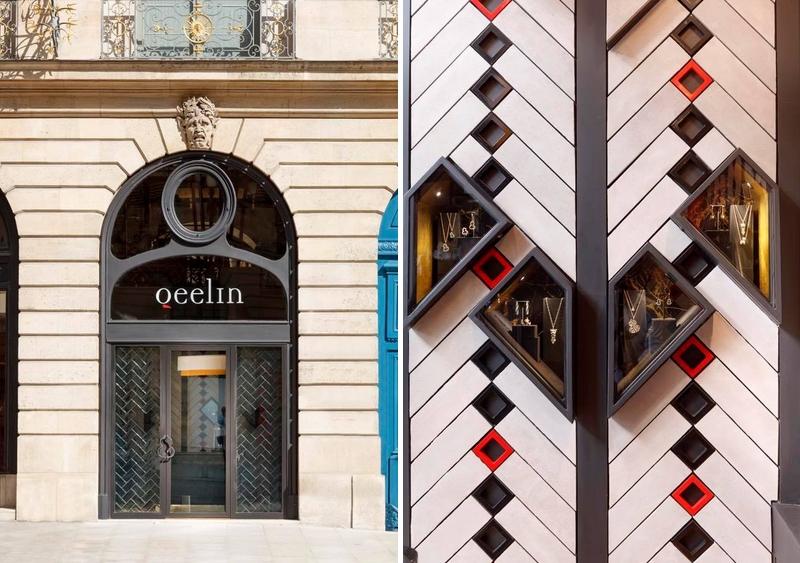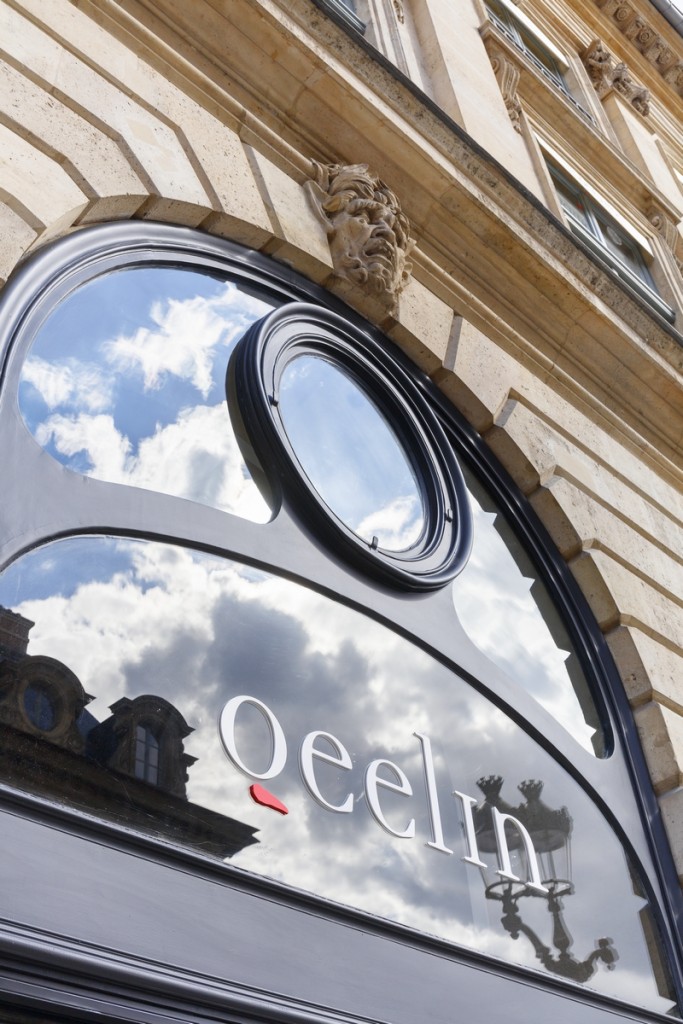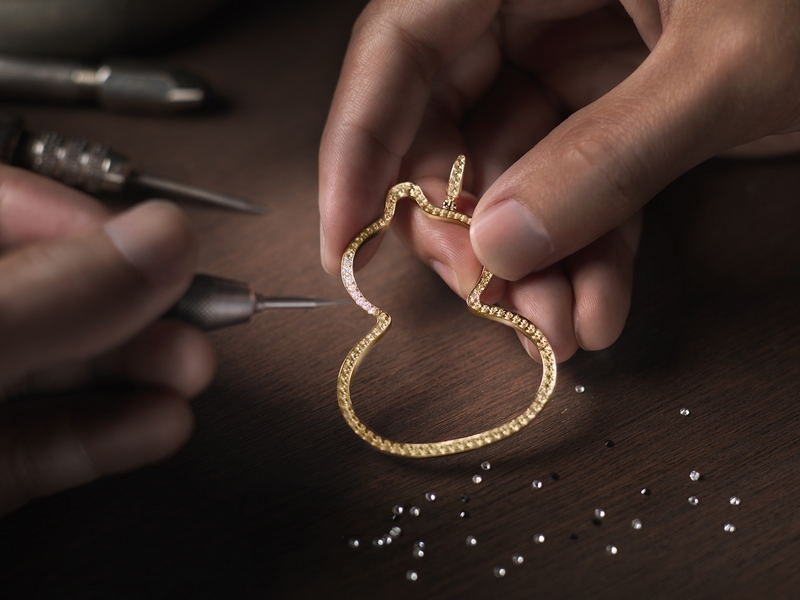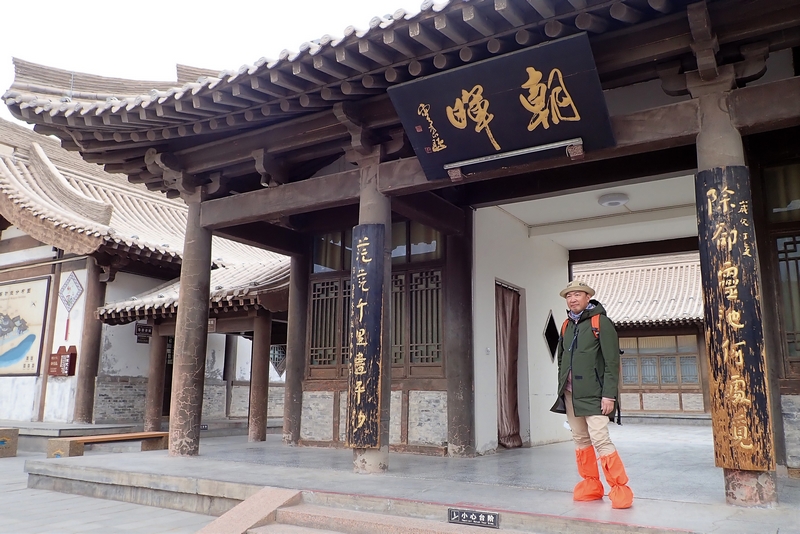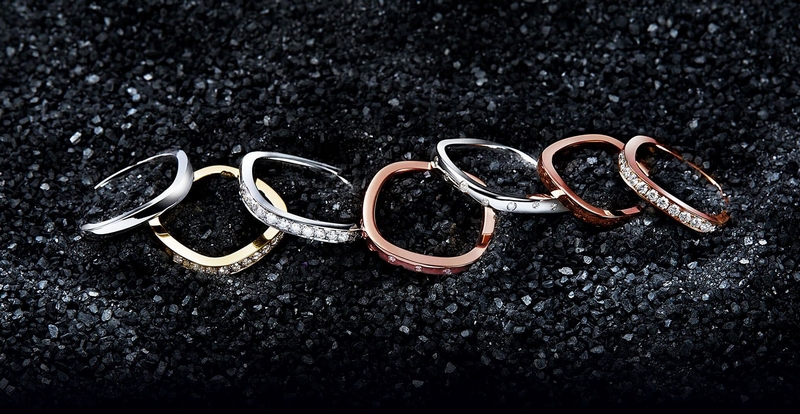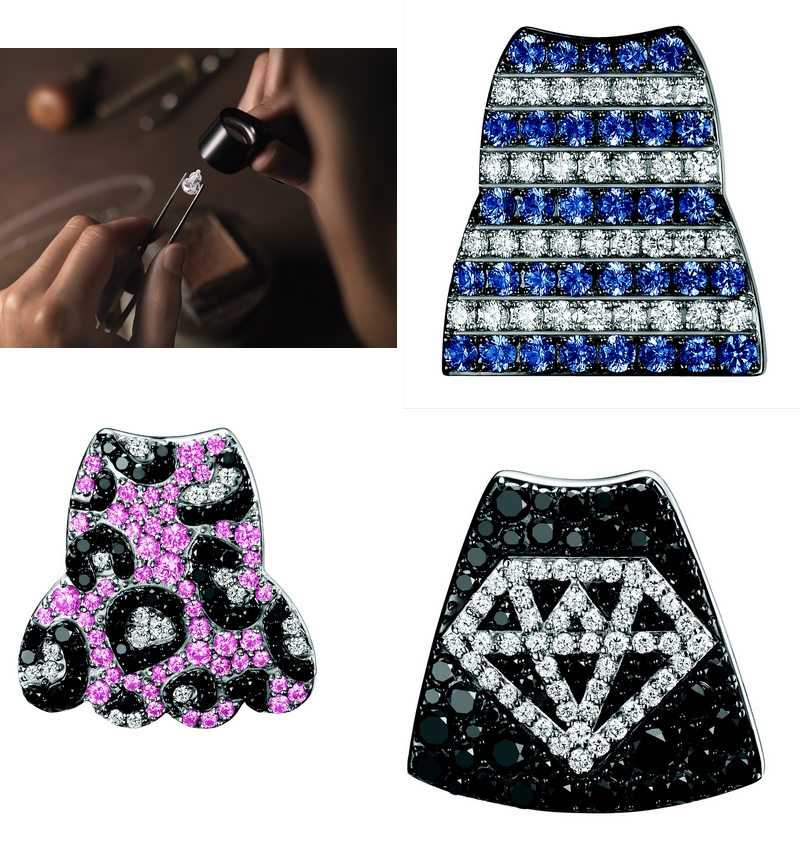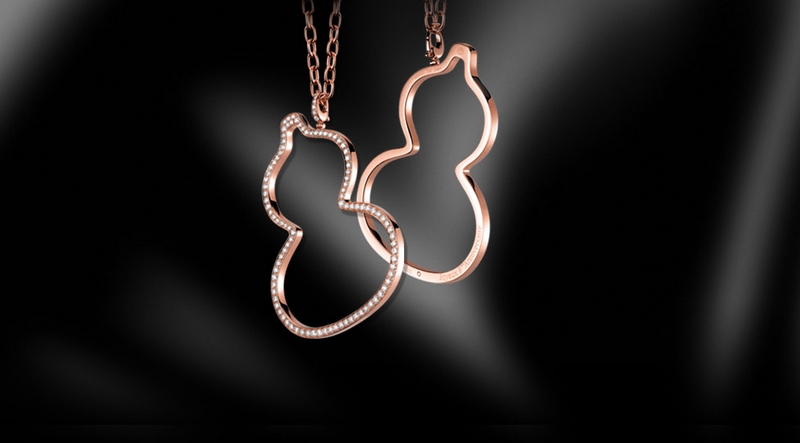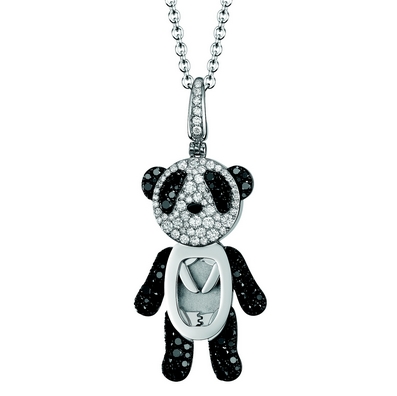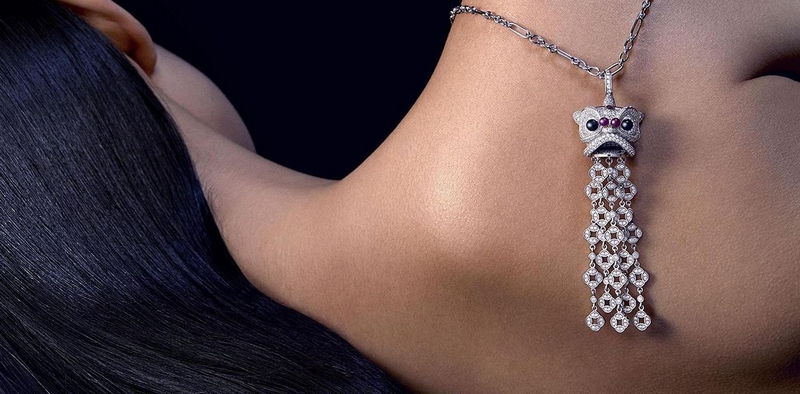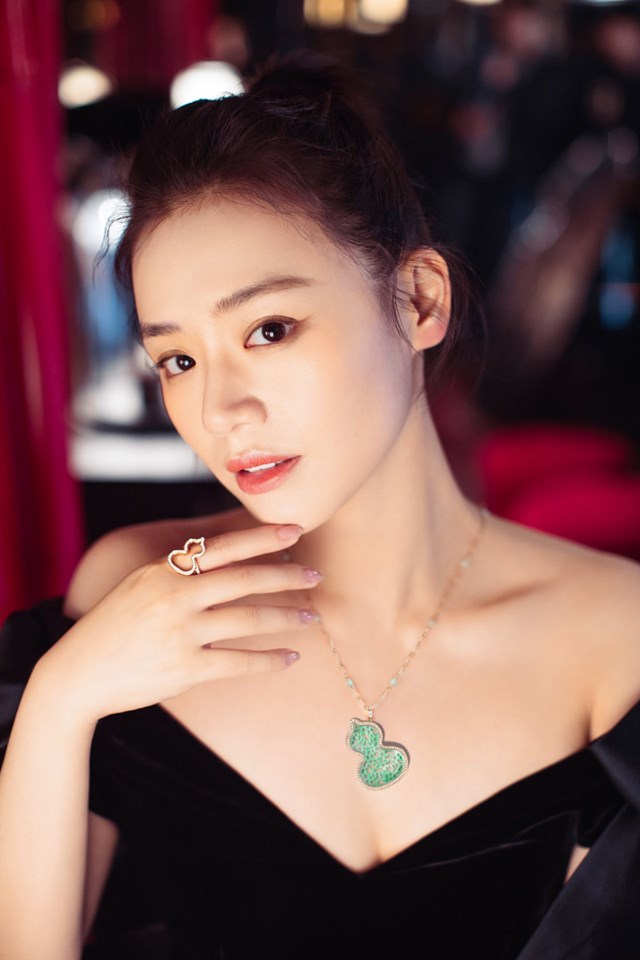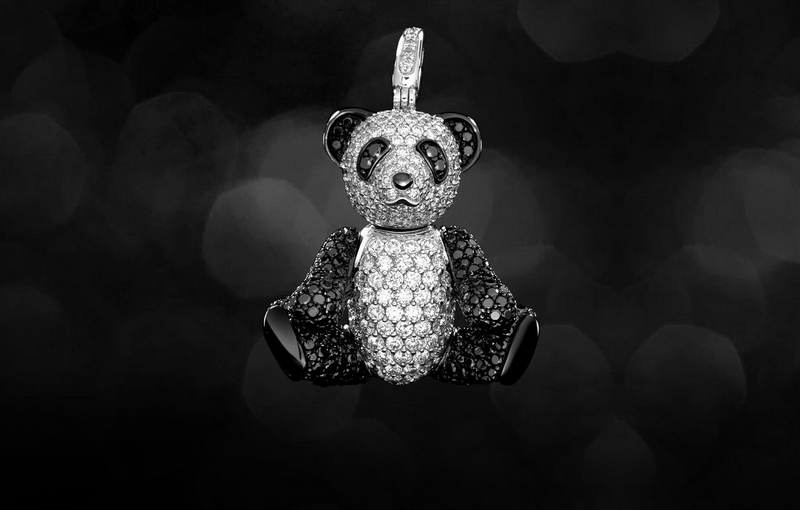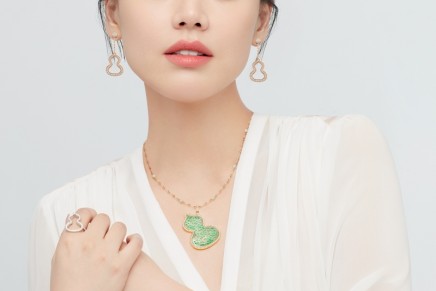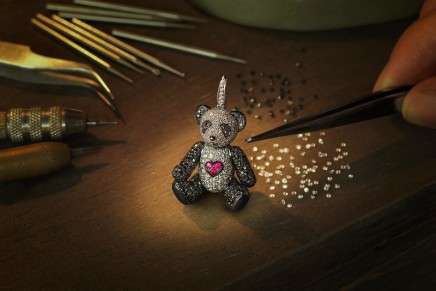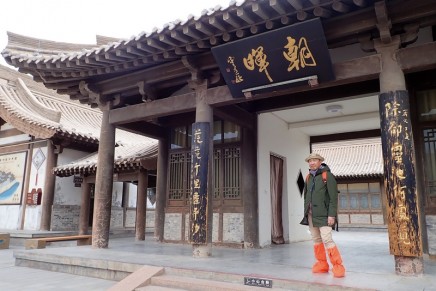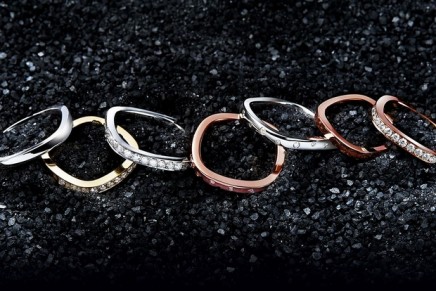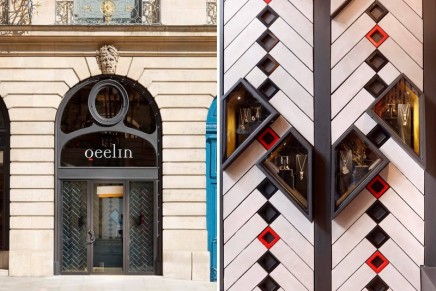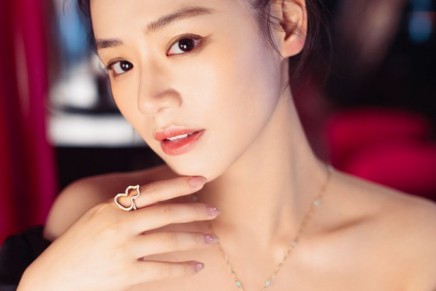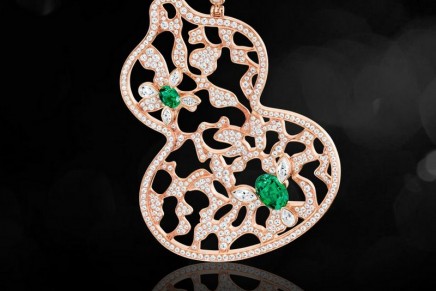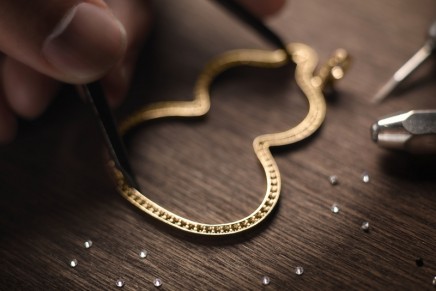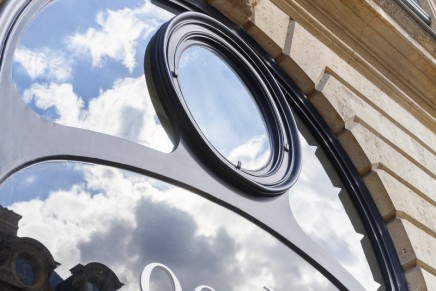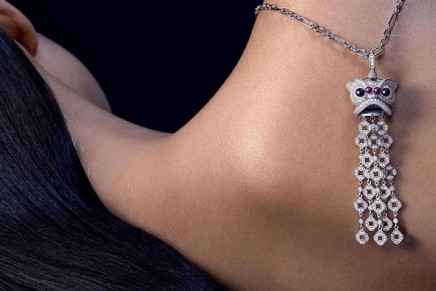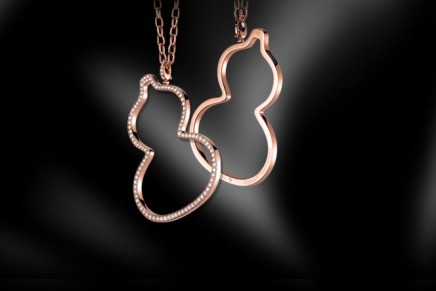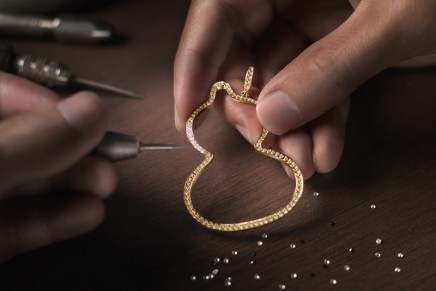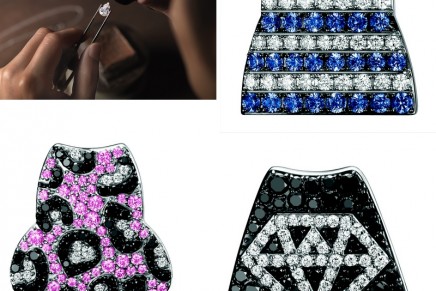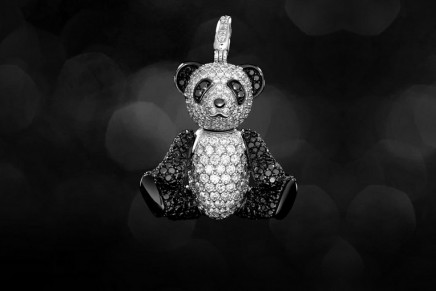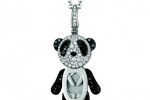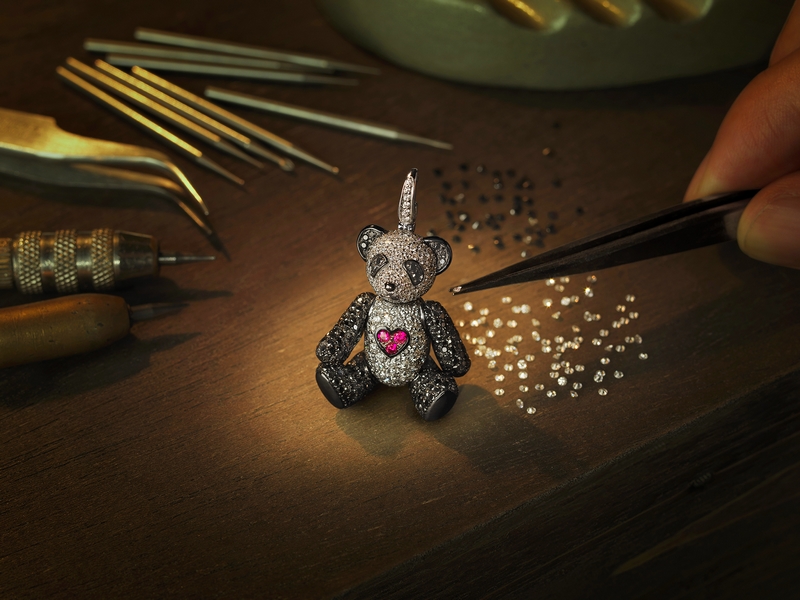
Qeelin jewellery pandas; qeelin.com
By Philippe Mihailovich & Caroline Taylor
Paris Haute Joaillerie (High Jewellery) Week is attached to the Haute Couture Fashion Week so that high-end fashion clients visiting Paris can be tempted to purchase gorgeous jewellery to complement their dresses or vice versa. This year’s Fall/Winter 19/20 shows began on the 30th June so by the 1st July the likes of Boucheron, Chanel Joaillerie, Chaumet, Louis Vuitton Joaillerie, Anna Hu and Mikimoto opened their exhibitions for press and EIPs from one to four days on the official calendar. The Haute Joaillerie presentations are almost always held at the Place Vendôme.
One of the original reasons for the fame of this prestigious ‘place’ was due to the famous aristocrats who lived on the place. Positioned strategically between the Tuileries Gardens and Opera Garnier, the wealthy elite would regularly stroll by. The famed Ritz was the first hotel on the place and has historically attracted the super-wealthy and influential from all over the world and still does. Mademoiselle Chanel lived there until the end of her life.
Fréderic Boucheron was the first to seize the opportunity in 1893 to relocate his business from the arcades of the Palais Royal nearby to become the first jewellery ‘maison’ on the Place Vendôme and competitors soon followed. To be a jewellery brand on the Place today partly states that the house is able to produce high jewellery but also implies that it aims to set the standards for the world.
This particular fashion week was a Kering Group special. Not only was it a great time to open the doors of their refurbished Boucheron maison – which includes a private apartment for guests to rent that has a bath overlooking the Place – it also allows the house to deepen its links to Ritz. It is the Ritz, in fact, that services the space. Boucheron has also Chinese-ified the house by restoring a little Chinese “styled” room and now even dresses staff in what seems to be a Westernised interpretation of the Mandarin gown, also known as Qipao or Cheongsam.
A few hundred meters away, a few steps from the Chanel Joaillerie maison, Kering also used this fashion week to officially open its Gucci High Jewellery boutique. This move follows the trend of strong fashion brands such as Dior and Chanel entering the Place Vendôme using their well-established fashion universes to challenge the old established jewellery houses that are better known for their product creations than for their brand universes. However, unlike Chanel and Dior who employed expert high jewellery designers to enter this field with legitimacy, Gucci’s jewellery designer is their fashion designer, Alessandro Michele, who was notably not at this low key opening.
Right next door to Boucheron was the long-awaited opening of Kering Group’s Qeelin brand claiming to be “The First Chinese Jeweller Boutique to open on the Place Vendôme”. Indeed it is, although a few hundred meters away, in the same street across the road, one can find the recently formed Chinese high jewellery house, TTF that only opened its doors this time last year – but technically the street name is not the same.
Qeelin can certainly claim to be the first Chinese ‘luxury’ jewellery brand to have opened in Paris having initially presented itself at the prestigious Crillon Hotel and then at the iconic fashion concept store, Colette followed at by a corner Galeries Lafayette. Then, just as sister house Boucheron had done in the 19th century, the brand opened its first stand-alone boutique at the prestigious Palais Royal in 2007 –- but this secretive luxury shopping area is not one that many tourists, especially American and Chinese tourists, are aware of. Place Vendôme will clearly boost the brand’s visibility with both Western and Chinese tourists alike.
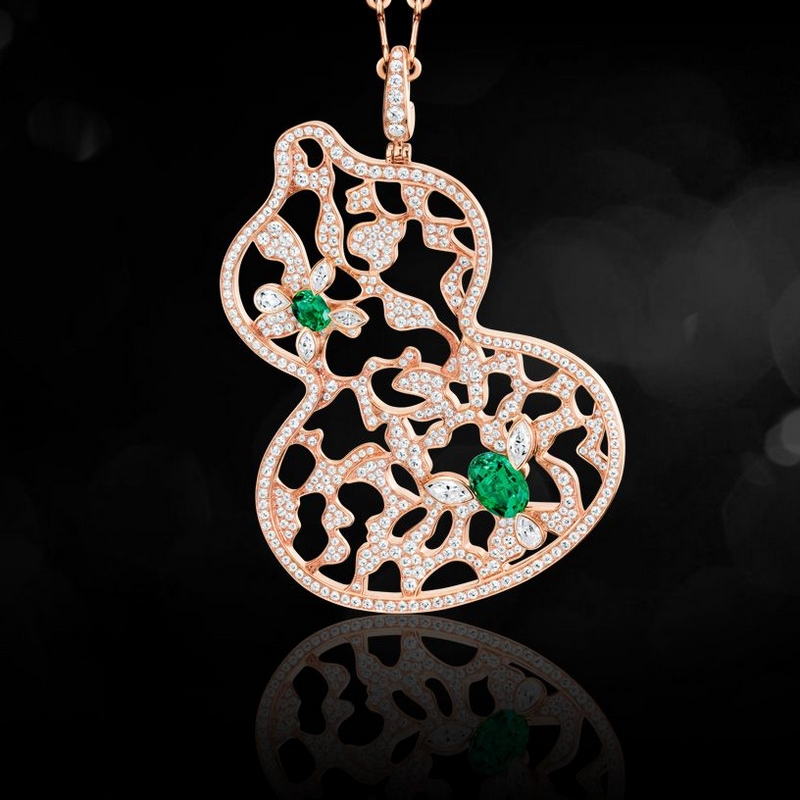
@qeelin.com
Should the World’s great European Maisons of the Place Vendôme be worried? To some extent, yes.
Qeelin is clearly a brilliant jewellery marketing and design concept with a product range created to appeal primarily to the Chinese. The same can be said for TTF. Whilst TTF has traditionally focused on Chinese New Year collections and Jadeite – things that Westerners care little about, Qeelin focuses on cutesy things and charms linked to Chinese heritage that are not sure to also win over western shoppers although some, such as the Panda/Teddy Bear, clearly can.
Having said that, what would be the situation of the Parisian luxury houses be today if they were not attracting Chinese customers? So yes, these houses should be worried because the new generation of Chinese shoppers are proud to buy Chinese brands – especially if they see their brands competing against the best in Paris at the best locations in Paris! The Chinese are travelling more frequently than ever and as Qeelin aims to represent the Chinese heart & culture, the challenge to Western brands is huge.
On top of which, Qeelin now has Sandra Ma, a famous actress in mainland China, as the face of their brand. Chinese actresses are not a new strategic move for the brand, they are part of its DNA. In fact, Qeelin first made headlines when the popular actress Maggie Cheung wore its Wulu ‘lucky charm’ while receiving the Gold Palm Award for “Best Actress” at the 2004 Cannes Film Festival. Qeelin is now famous for recurrent motifs like ‘Wulu’, a sort of enlarged figure 8, a symbol of good fortune in China, as well as the little pandas called ‘BoBo’ and ‘haha’ panda.
The brand has a contemporary design positioning, cleverly drawing inspiration from Chinese ideograms and symbols that are loaded with meaning that have not as yet been exploited by other brands. Qeelin was conceptualised and founded in 2004 by industrial designer and artistic director Dennis Chan (interviewed above) and French businessman Guillaume Brochard, who then left the business in 2015.
Not only is Chan a brilliant international award-winning designer that has lived and worked in Hong Kong and London, his designs have been exhibited at the Louvre in Paris and the Museum of Modern Art in New York. Like the great Karl Lagerfeld, Chan is focused on creating icons and iconic concepts and is succeeding in doing so. Already in the brand name we find a clever hidden link to his name – its part of his Chinese name as well as carrying a strong Chinese meaning, that of the Qilin- a legendary Chinese gourd, an auspicious Chinese mythical animal and an icon of love.
It all began on a trip that Hong Kong-born Chan did in 1997 following the footsteps of the legendary Marco Polo to the Buddhist Mogao Caves in Dunhuang – a former checkpoint on the Silk Road – seven hundred years ago when China was way ahead of the world in producing luxury goods and even in reading and writing. “At that time, European travellers who endeavoured to discover the East were awe-struck by the grandeur of China: its art, its crafts, its literature and its civilization,” explains Chan. In our video interview he shares his fascination with Chinese culture, because he too is new to it.
It was in the city of Dunhuang, Gobi desert that Dennis Chan had a premonition of Qeelin’s identity. Much inspired by the statues of 1000 years old. He wanted to bring it back. He imagined “a jewellery brand that would pay tribute to Chinese culture, its expertise and heritage: a brand that would surely remind the west of its tropism for the far east in the time of Marco Polo, perpetuating centuries of cultural exchanges”.
That is the spirit that inspired him to found Qeelin, which, backed by Kering, has developed a substantial retail presence, operating nearly 40 mono-brand stores, mostly across Asia, the USA and France including shop-in-shops, and present now in the new boutique on Place Vendôme, commemorating the brand’s fifteenth anniversary.
Unlike TTF’s Artistic Director Harry Wu who is from Mainland China and created his brand as a fusion of both French and Chinese designers and craftsmen, Chan has a distance from both mainland and France, having perhaps more of a British mentality designing very strategically but always with a smile. Qeelin creates exquisite jewellery intended for daily wear that is meaningful, contemporary, and universal. It aims to bring a touch of playfulness and surprise into the world of fine jewellery. “HAHA” represents “happiness” (playfulness) and “harmony”, expressed through the amiable nature of the panda, a Chinese icon in itself.
The brand is now shifting from accessible jewellery upwards for the Cannes film festival and downwards towards greater accessibility. Chan’s latest hobby is rap and hip-hop music. The freedom in hip-hop is visually expressed through Chan’s sartorial style and the playful styling of his fine jewellery on men and women. Chan currently composes and produces music for fun – but fans are awaiting yet another breakthrough in his career when he brings his musical insights into his jewellery designs. This may be the right way for Qeelin to extend its appeal to Westerners. Let’s wait and see.
Philippe Mihailovich and Caroline Taylor are luxury brand consultants at HAUTeLUXE and Visiting Professors of Luxury Brand Management at leading business, fashion and jewellery schools in both Paris and China. They are also Paris representatives and contributors to 2LUXURY2.com.
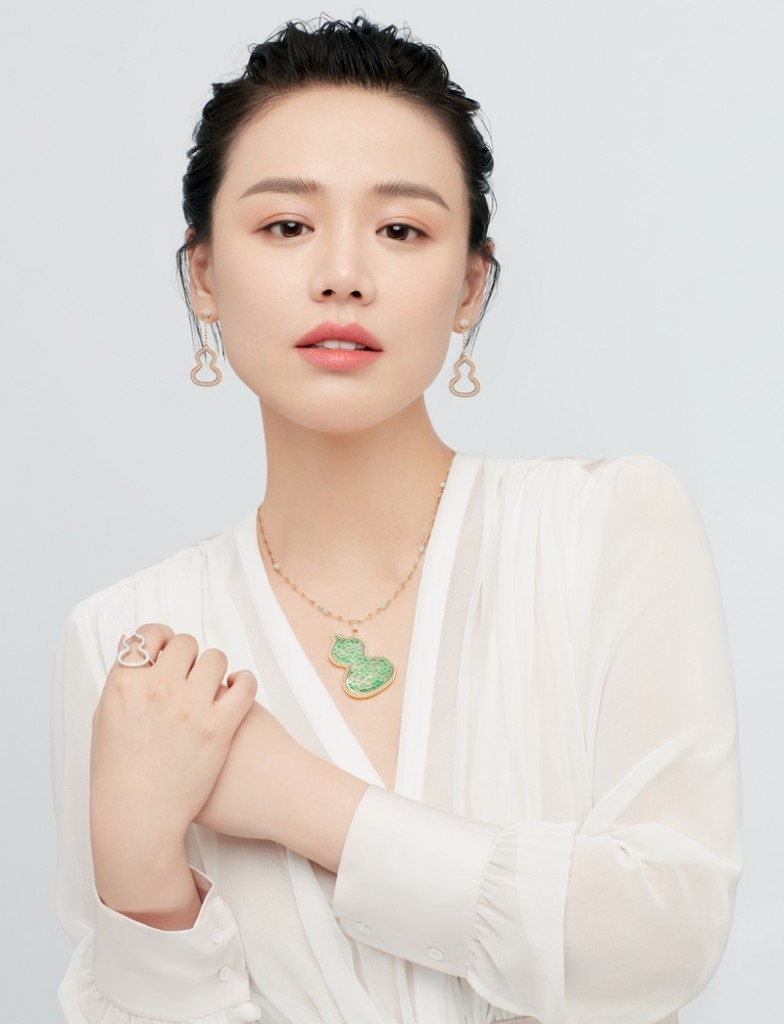
Sandra Ma featuring Qeelin Place Vendome Limited edition; @qeelin.com

